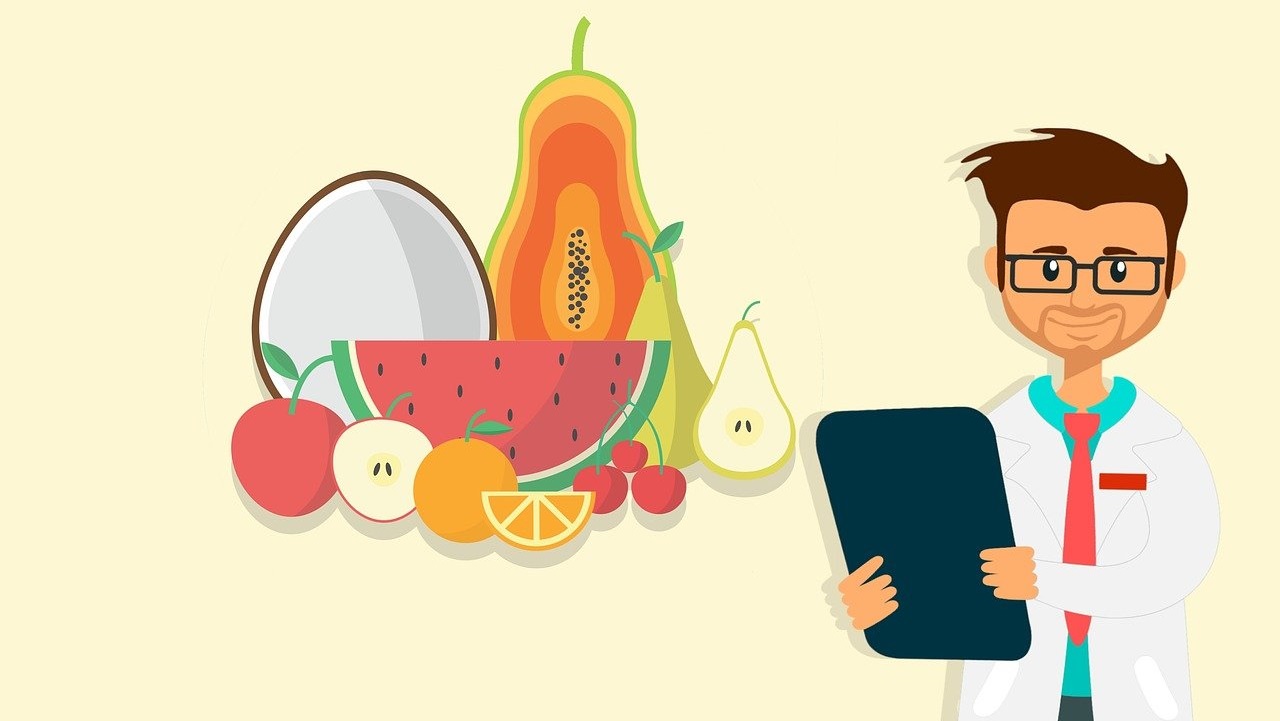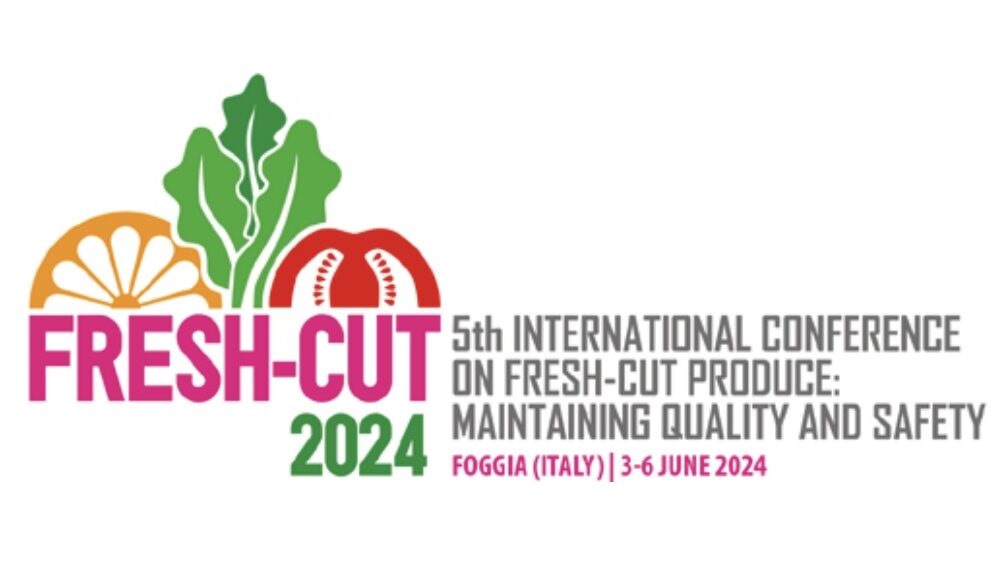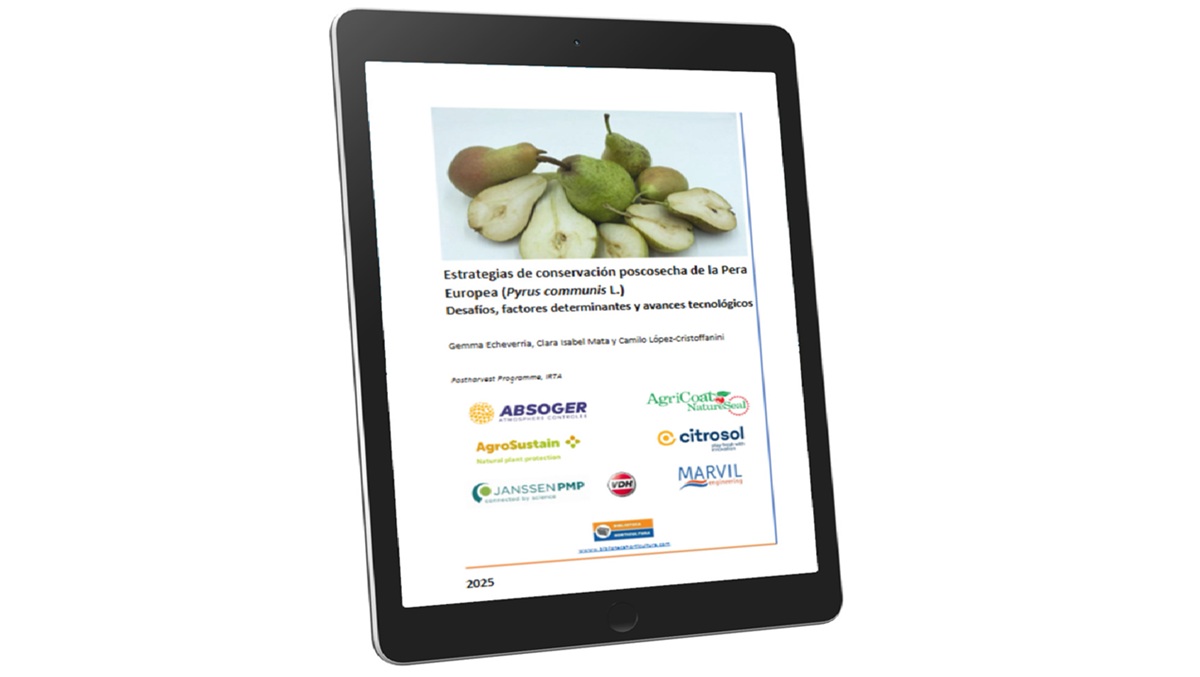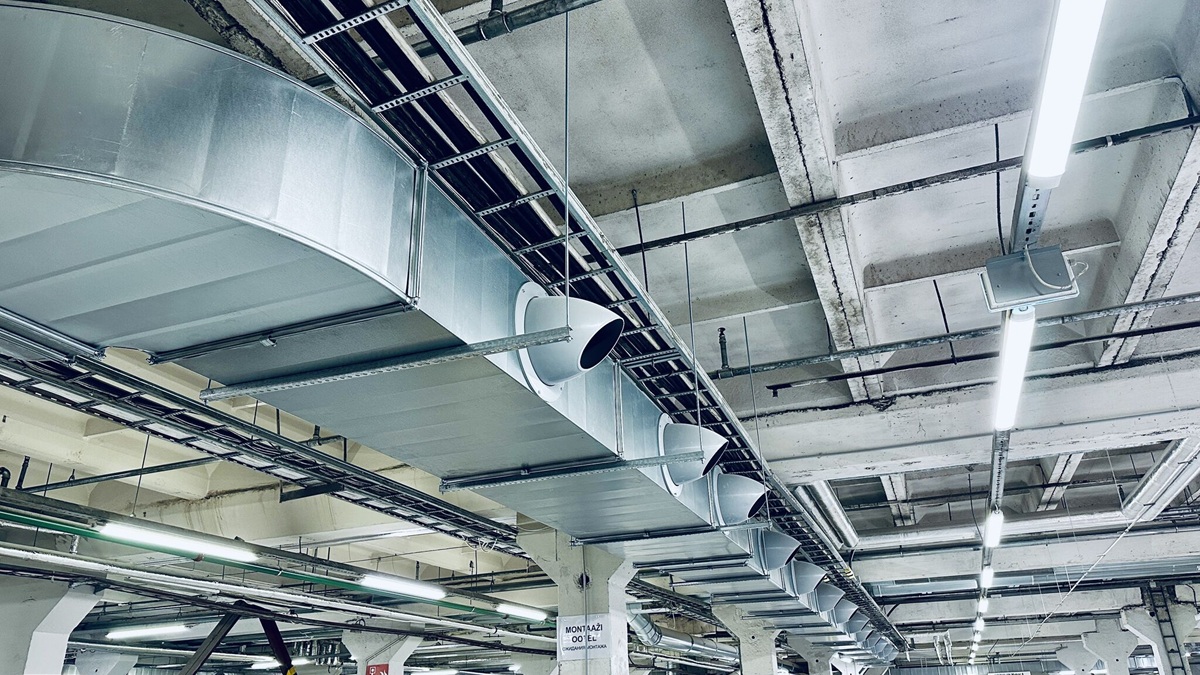Processing
The microbiota of fruits and vegetables and its potential applications: between biocontrol and probiotic foods
Researchers at the University of Foggia and CNR are studying the use of lactic acid bacteria to enhance the preservation, quality, and safety of fresh-cut produce

By Nicola De Simone, PhD., nicola.desimone@unifg.it
In recent years, the fresh-cut industry has encountered a crisis, but it also catalyzes innovation. Product diversification is crucial for its evolution, particularly through the creation of minimally processed fruits and vegetables with exceptional intrinsic quality and nutritional value.
In the laboratories of the University of Foggia and the Institute of Food Production Sciences – CNR of Foggia, pioneering research is being conducted utilizing beneficial bacteria sourced from the natural microbiota of fruits and vegetables. These bacteria are meticulously isolated and chosen for their ability to combat spoilage/pathogenic microorganisms and their probiotic attributes. Using microorganisms commonly found in fresh-cut produce is crucial as they are already adapted to thrive and coexist in the matrices where they will perform their technological function, thus enhancing the shelf-life and nutritional value of minimally processed fruits and vegetables.
One of the explored possibilities involves using lactic acid bacteria (LAB) to produce metabolites with antimicrobial capabilities, including organic acids, aldehydes, ketones, fatty acids, and bacteriocins. Researchers have also proposed probiotic enrichment of various fruits, studying their physiological response under normal packaging and storage conditions. The survival of probiotic LAB strains, specifically Lactobacillus plantarum and Lactobacillus fermentum, on fresh-cut pineapples during regular storage was examined, tracking key physiological, nutritional, physicochemical, and sensory parameters. Results revealed that L. plantarum and L. fermentum concentrations on pineapple pieces ranged between 7.3 and 6.3 Log CFU/g, respectively, without compromising the pineapple's quality after eight days of storage. Antagonist tests demonstrated L. plantarum's efficacy in inhibiting the growth of two common pathogens in fresh-cut produce, Listeria monocytogenes and Escherichia coli.
The vitality of probiotic microorganisms was also tested on fresh-cut melon packaging, assessing both physicochemical parameters and riboflavin content, also known as vitamin B2, typically obtained from dairy products. Overall, a high vitality of both probiotic species was found at the end of the storage period, capable of reducing the level of L. monocytogenes without affecting physiological parameters. However, an increase in the nutritional quality of the product was observed due to the riboflavin content, which was double compared to uninoculated samples. This strategy for product differentiation in the fresh-cut industry offers a viable solution to the current crisis by accommodating new consumer segments (vegans, lactose intolerant individuals, those on low-cholesterol diets, or those allergic to animal proteins) who cannot consume dairy-based products by choice or necessity.
Characteristics of lactic acid bacteria
Lactic acid bacteria, due to their intrinsic characteristics, are well-suited for use in fresh-cut produce. They are Gram-positive facultative anaerobes, non-sporulating, commonly found in soil, plants, various foods, and the gastrointestinal tract of animals, including humans, where they are known to promote host intestinal functions. Moreover, they are "generally recognized as safe" (GRAS) and have a "qualified presumption of safety" (QPS), two safety statuses issued respectively by the Food and Drug Administration (FDA) and the European Food Safety Authority (EFSA), essential for the food applications of microorganisms.
LAB have been extensively studied, with wide-ranging technological applications, including their established use in food fermentation, where they enhance nutritional and organoleptic properties and enable bioconservation. They are also utilized in the preparation of supplements and functional foods (such as yogurt and probiotic beverages), as many LAB species and strains have been declared probiotic. Many lactic acid bacteria exhibit probiotic characteristics, and their consumption, in adequate quantities, provides various health benefits for humans.
Challenges for the Future
The development of foods with adequate probiotic concentrations at consumption is among the key challenges in the fresh-cut industry. To be marketed as probiotics, a product must ensure a high concentration of probiotic microorganisms, at least 6-7 Log CFU/g of viable bacteria, even at the end of its commercial shelf life. Therefore, it is necessary to explore solutions that guarantee a sufficient quantity of viable bacteria without altering the organoleptic characteristics of the food. Additionally, LAB are commonly purchased as starter cultures or grown in expensive culture media, from which they are then extracted. An innovative proposal involves growing LAB directly in the company using processing by-products as a substrate, aiming to significantly reduce production costs. The current crisis has spurred the scientific community to study many innovative solutions to meet the current needs of the fresh-cut food sector. However, given the costs, a bridge between research and industry is essential to transition from laboratory-scale tests to pilot tests on an industrial scale, ensuring adequate technological and knowledge transfer.
This topic will be extensively addressed in a session during FRESH-CUT 2024, the International Conference on Minimally Processed Produce, scheduled to take place in Foggia, Italy, from June 3 to June 6, 2024.



.jpg)









